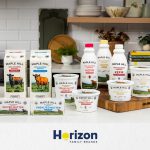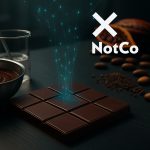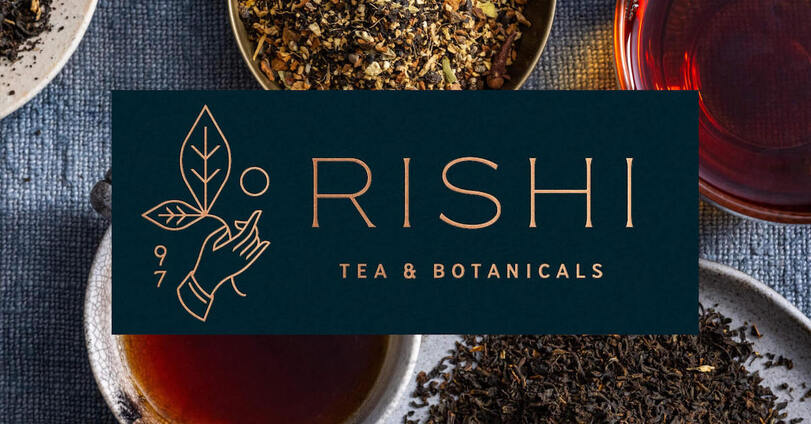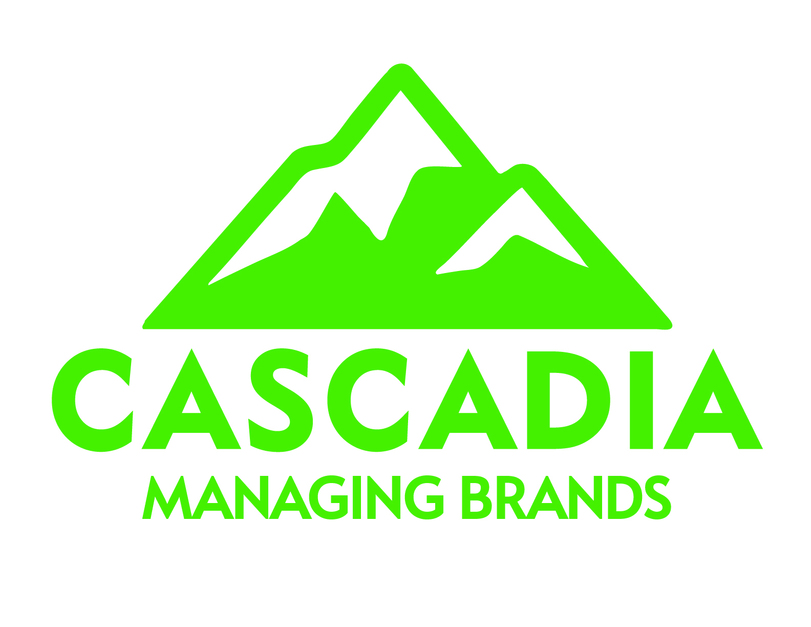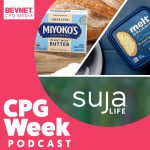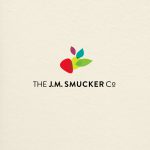Acid League Raises $6M, Launches Refrigerated Dressings As Part of ‘Third Wave Pantry’ Push

Coming on the heels of launching 15 new products into Whole Foods this winter, condiment and beverage brand Acid League announced it has closed a $6.2 million funding round aimed at supporting expansion into new product categories and reinforcing manufacturing and marketing.
The round was led by existing investors InvestEco Capital and BrandProject, with new firm Springdale Ventures and several family offices also taking part. Capital was raised on a rolling close since November, with the final funds arriving two weeks ago, CEO Scott Friedman said.
In total, the company has raised roughly $11.5 million since launching in 2020, reporting revenues north of $10 million.
“Like any growing startup, we’re investing in people, we’re investing in inventory. And in a supply chain constrained world, you have to build up inventory a lot sooner and a lot higher,” Friedman said. “We’re obviously also spending money acquiring consumers, marketing and DTC acquisition.”
The company also is moving to a new 40,000 square foot production facility in Guelph, Ontario and plans to hire a plant manager, assistant plant manager, head of QC/QA/safety, product launch managers and an operations team. Though self manufacturing is a more capital intensive production option, Friedman said, it does alleviate some of the constraints the brand might face from a co-packer and offers Acid League an easier way to quickly take advantage of retailer requests.
That speed was exemplified by the brand’s recent launch of 12 new SKUs in Whole Foods Market, including hot sauces, mayos, ketchup, BBQ sauces, salad dressings and more cooking sauces. The pace isn’t unusual for Acid League, Friedman added, which launched 110 products in 2021 across D2C and retail; its non-alcoholic wine alternative Proxies account for 36 SKUs alone. Now that it has a solid brand block, the release schedule will slow this year 2022, he said, as the company prioritizes selling in existing products.
“The strategy was to, you know, get a broad offering in retail,” Friedman said. “It’s going slow down for sure [in stores]…[but] we’re still doing a lot of innovation in the DTC space with collaborations and in our living pantry line…There’s probably 70 new products when all said and done, but a dramatic reduction in what we’re launching at retail.”
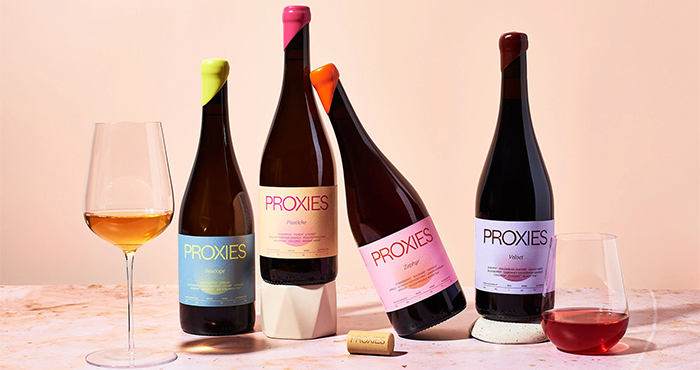
Still, the company doesn’t plan to leave any opportunities on the table, this month introducing three new prebiotic salad dressings – Hot Honey, Oat Milk Ranch, and Miso Caesar – at Whole Foods. Though dressings are a core part of the brand’s existing portfolio, the prebiotic varieties are unpasteurized and refrigerated, taking the brand into a new section of the store and offering a slightly higher price point at $8.99, compared to $7.99 for its shelf stable dressings.
“You see so much activity in the prebiotic soda space,” Friedman said. “The cold set tends to be more premium and tends to get a lot more traffic …the velocity will be higher there than it might be in the center of the store where there’s just less traffic, less eyeballs.”
Direct-to-consumer, which currently accounts for roughly 50% of sales, will also continue to be a priority, though the company is keeping an eye on customer acquisition costs. The channel is already profitable, which Friedman attributes to its premium price. Acid League’s average order value is north of $60 per customer, he said, and the company at least breaks even on customer acquisition costs from a shopper’s first order.
While $7.99 salad dressing and $16 Worcestershire sauce may seem expensive to shoppers facing increasing inflationary pressures, Friedman said he believes customers will actually be willing to pay more for a premium product, leaving the brand better off than some global corporations.
“We are one of the leaders in what I call ‘third wave pantry.’ So if you look at what happened in third wave coffee, I think it’s happening in the pantry..[and] is coming to the grocery store,” Friedman said. “We’re seeing inflation, as everybody is..[but] it’s one thing to say, ‘we’re going to give you a better product, and we’re going to ask you to pay more, because we’re investing more,’ it’s another thing for a brand to say, ‘oh, we’re selling you the same ho hum products, but we’re going to put it up by $1.’”
